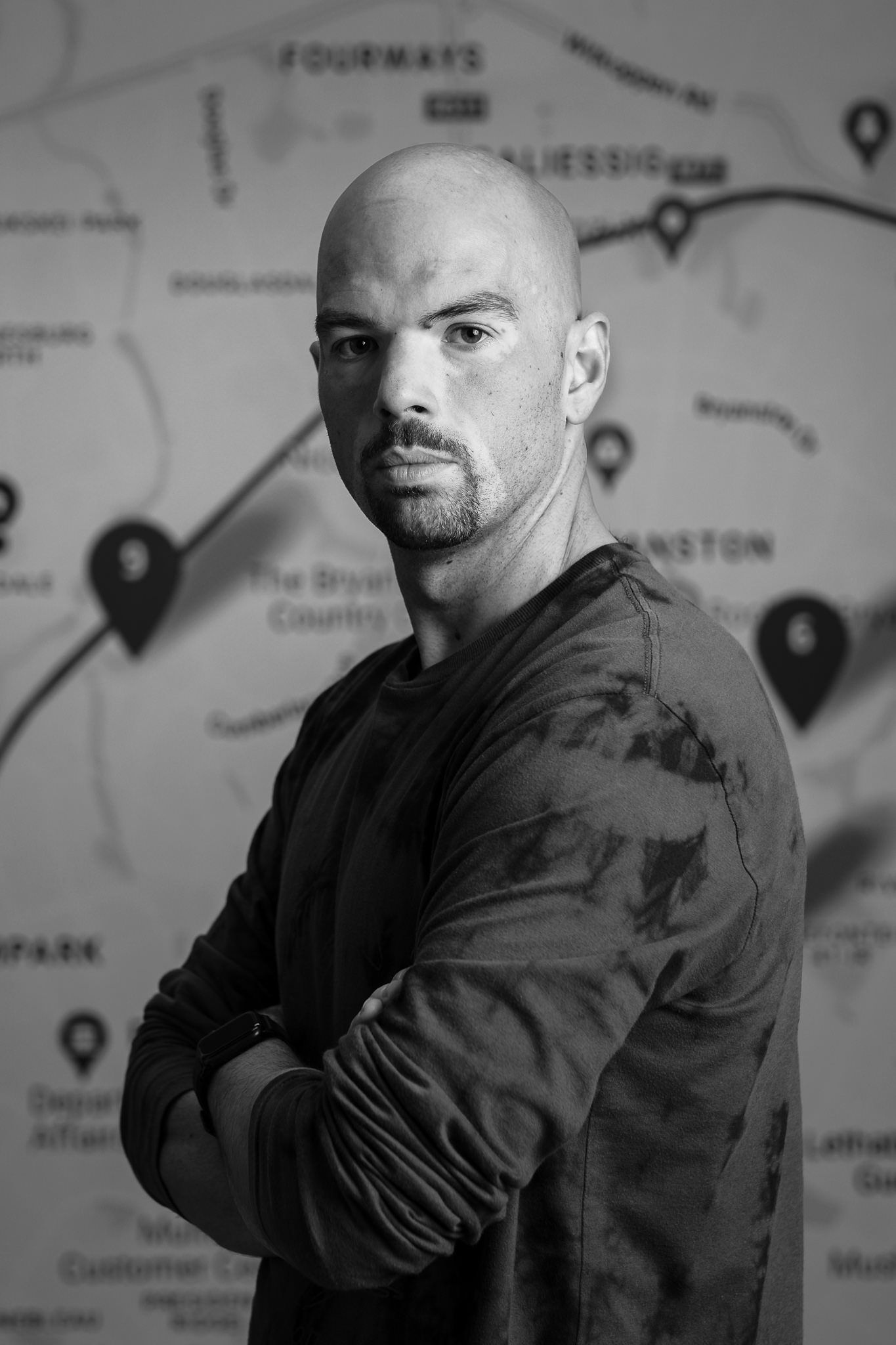How to Spot Misalignment Early (Before It Becomes a Problem)
 Reme Le Hane
Reme Le Hane
Alignment isn't just about goals on paper-it's about shared understanding, belief, and behavior across the team. And when it's off, it doesn't always show up in the obvious ways. Often, the earliest signs are subtle.
The First Signs: Repetition, Reinterpretation, and Resistance
One of the earliest red flags is needing to repeat yourself. If you find yourself restating the same direction, goals, or expectations multiple times, chances are people either don't understand, don't agree, or don't believe it applies to them.
Another clue is reinterpretation. You might say one thing, but how it shows up in someone's work is a completely different flavor. Maybe you asked for a quick prototype, and what you get is a full-blown feature with edge cases handled. It sounds like initiative, but it could also point to a misread on intent or priority.
Then there's subtle resistance-not outright disagreement, but delays, dodging, or overthinking. When people aren't aligned, they struggle to move forward confidently. That hesitation is worth paying attention to.
Ask Questions, Don't Just Give Direction
One of the most effective tools in catching misalignment is asking people to replay their understanding. “What are your next steps?” or “How would you approach this?” forces clarity-for both of you. If their response surprises you, it's better to catch it now than after a week of work in the wrong direction.
This also surfaces hidden assumptions. Maybe someone thinks the priority is speed, while you're focused on stability. Maybe they think this is MVP work, and you're thinking proof of concept. Small gaps now become big ones later.
Keep a Pulse on What People Believe
Even with well-communicated plans, alignment can falter if people don't buy in. Listen for friction in the language. Do folks say “they decided” or “we decided”? Are people using the same words to describe the work or the problem?
These things tell you whether alignment exists only in documentation or lives in the culture of the team.
Shared Context ≠ Shared Alignment
You can all be in the same meetings and still walk away with different understandings. This is why I've come to believe that repetition alone isn't enough. You need active reflection. Short write-ups, decision logs, or retro check-ins create opportunities to re-anchor on what matters and why.
Alignment Is a System, Not a Speech
Next time: How to Create Clear Decision Logs Without Slowing DownUltimately, alignment is ongoing. It's built into how you run standups, write tickets, run 1:1s, and make trade-offs. The more space you create for people to ask questions, challenge ideas, and clarify priorities, the more likely you are to catch drift early.
Because the best time to fix misalignment is before it turns into resentment or rework.
Next time: How to Create Clear Decision Logs Without Slowing Down
Subscribe to my newsletter
Read articles from Reme Le Hane directly inside your inbox. Subscribe to the newsletter, and don't miss out.
Written by
